Pygmalion by G.B. Shaw: Exploring Class and Social Dynamics in England
VerifiedAdded on 2023/02/01
|5
|1115
|35
Essay
AI Summary
This essay analyzes George Bernard Shaw's play, Pygmalion, focusing on the depiction of class distinctions and conflicts in 20th-century England. It examines the portrayal of the upper, middle, and lower classes through characters like Professor Higgins, Freddy, and Eliza Doolittle, highlighting the artificiality and snobbery of the upper class and the societal stigmas faced by the lower class. The essay explores themes of morality, self-determination, and the superficiality of class, with a particular emphasis on Eliza's transformation and her challenge to societal norms. It also discusses the play's setting, the importance of language, and the contrasting behaviors and manners displayed by characters from different social strata. The analysis concludes by emphasizing Eliza's resilience and her ability to overcome social barriers, illustrating the play's critique of class-based prejudice and the importance of individual agency.
1 out of 5
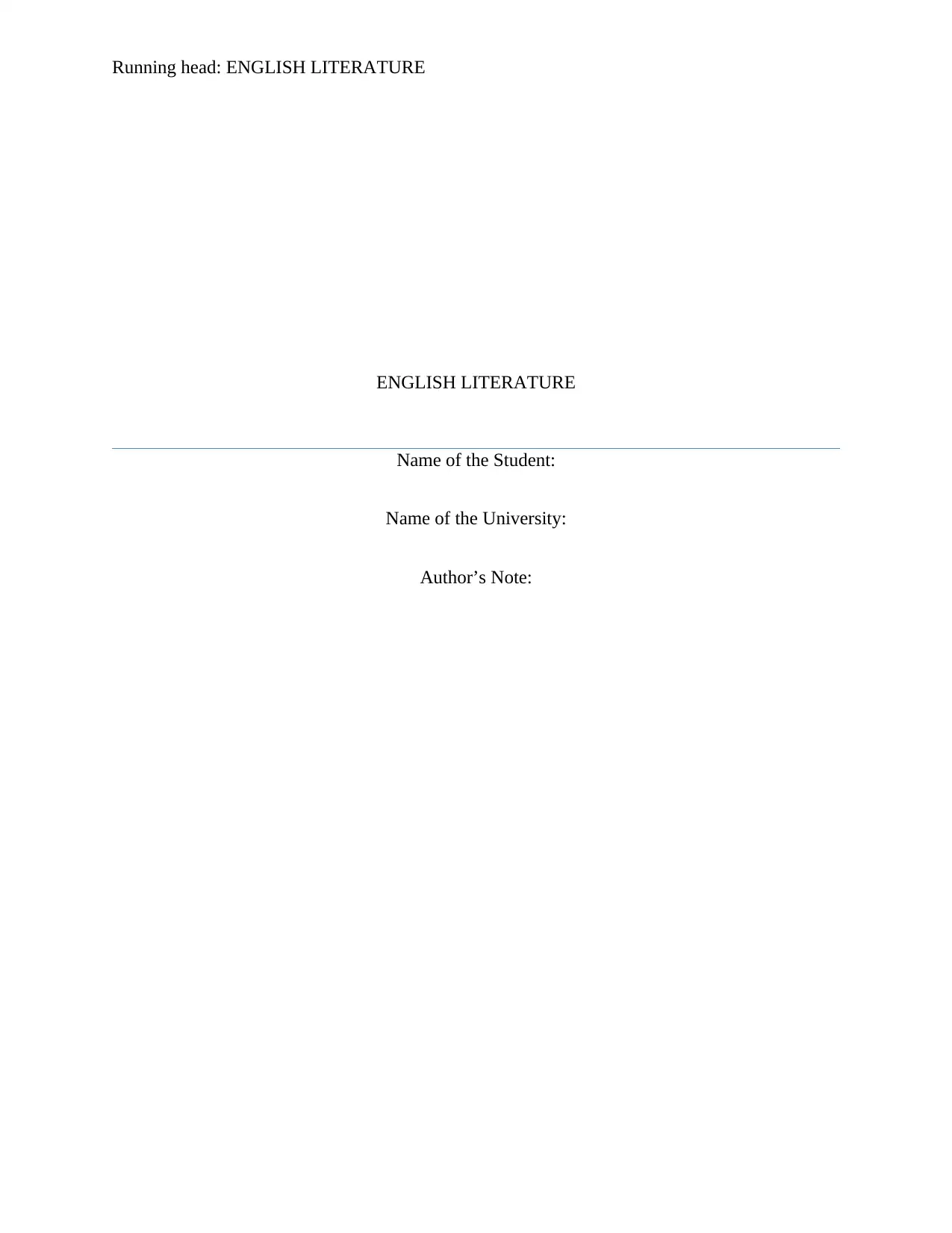
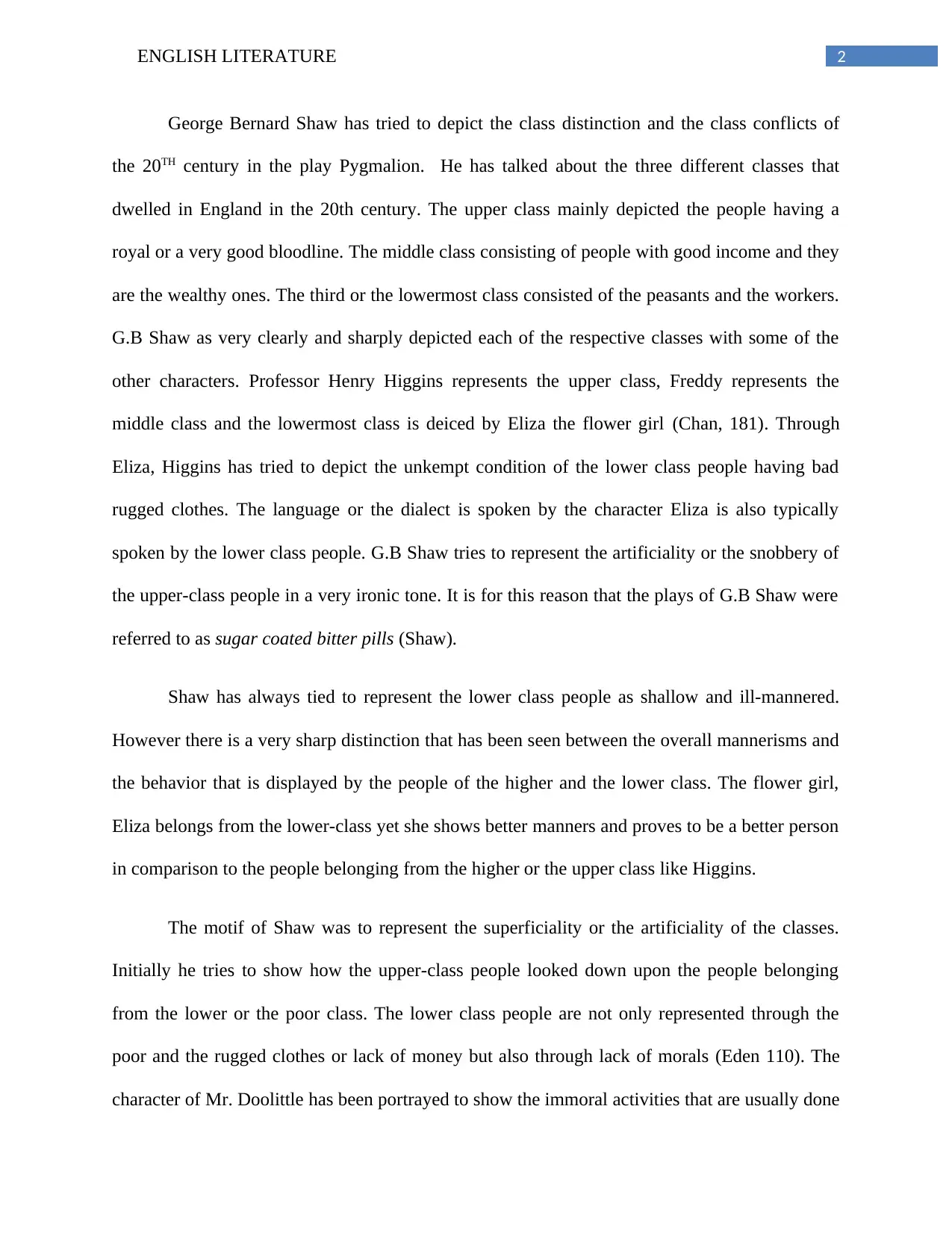
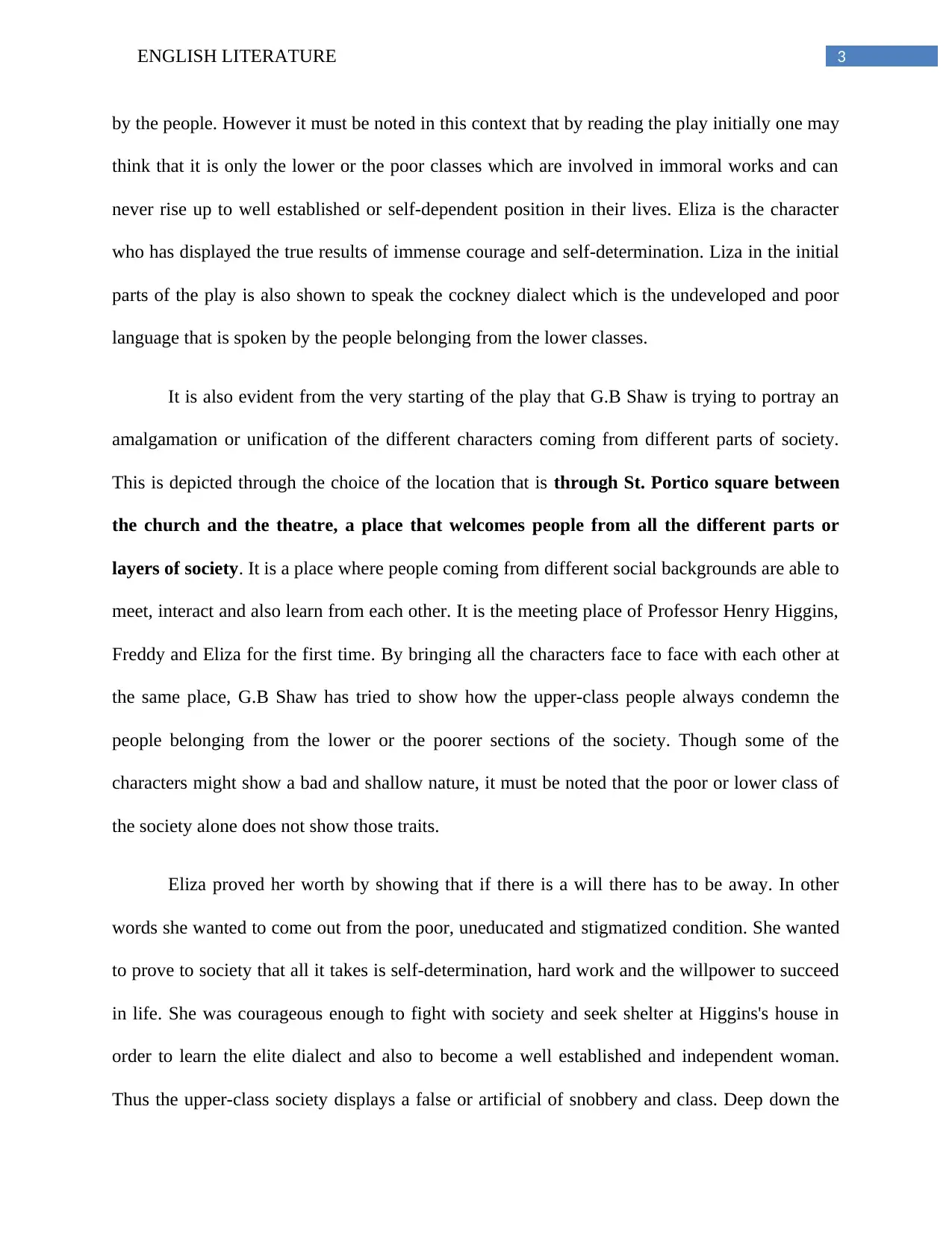
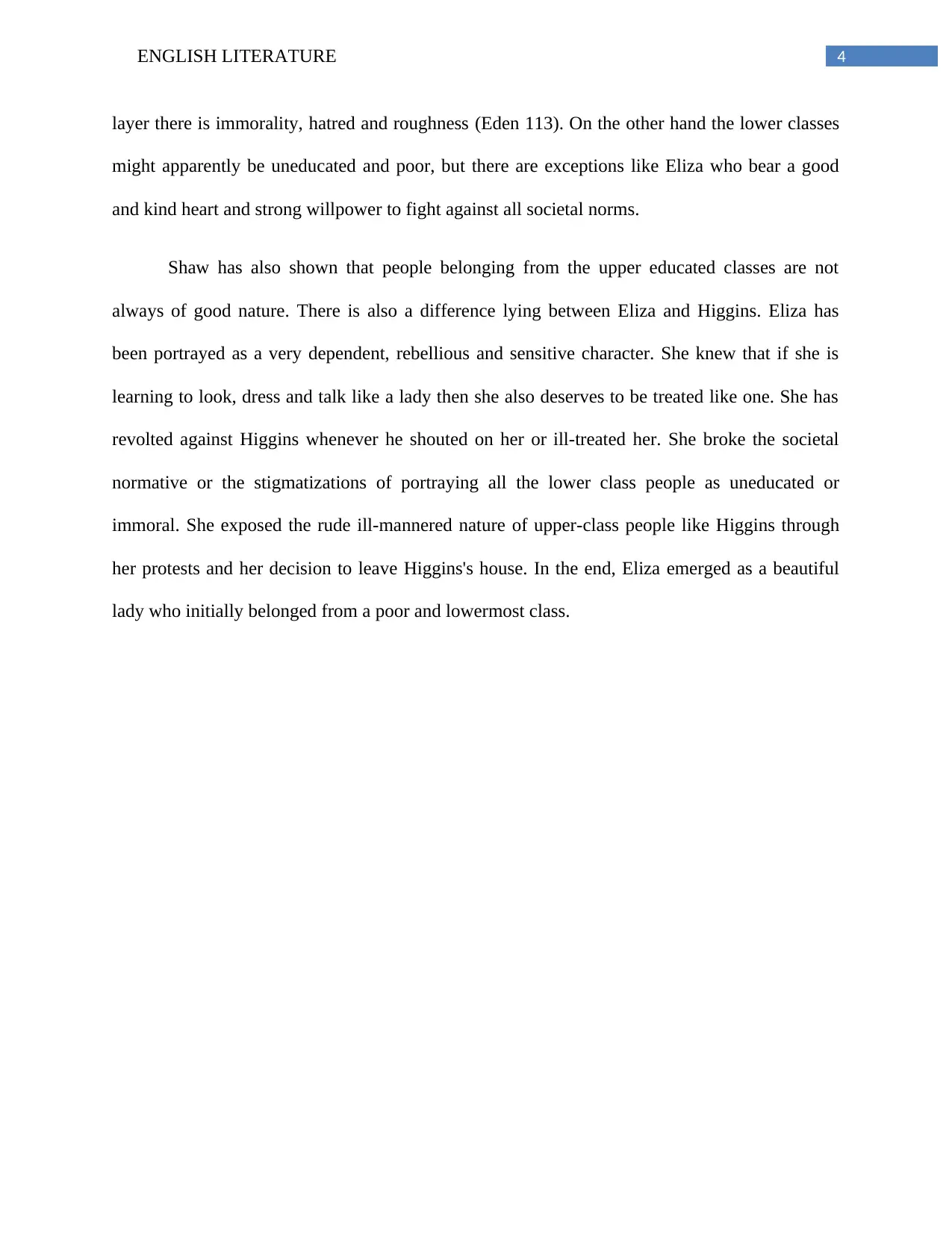
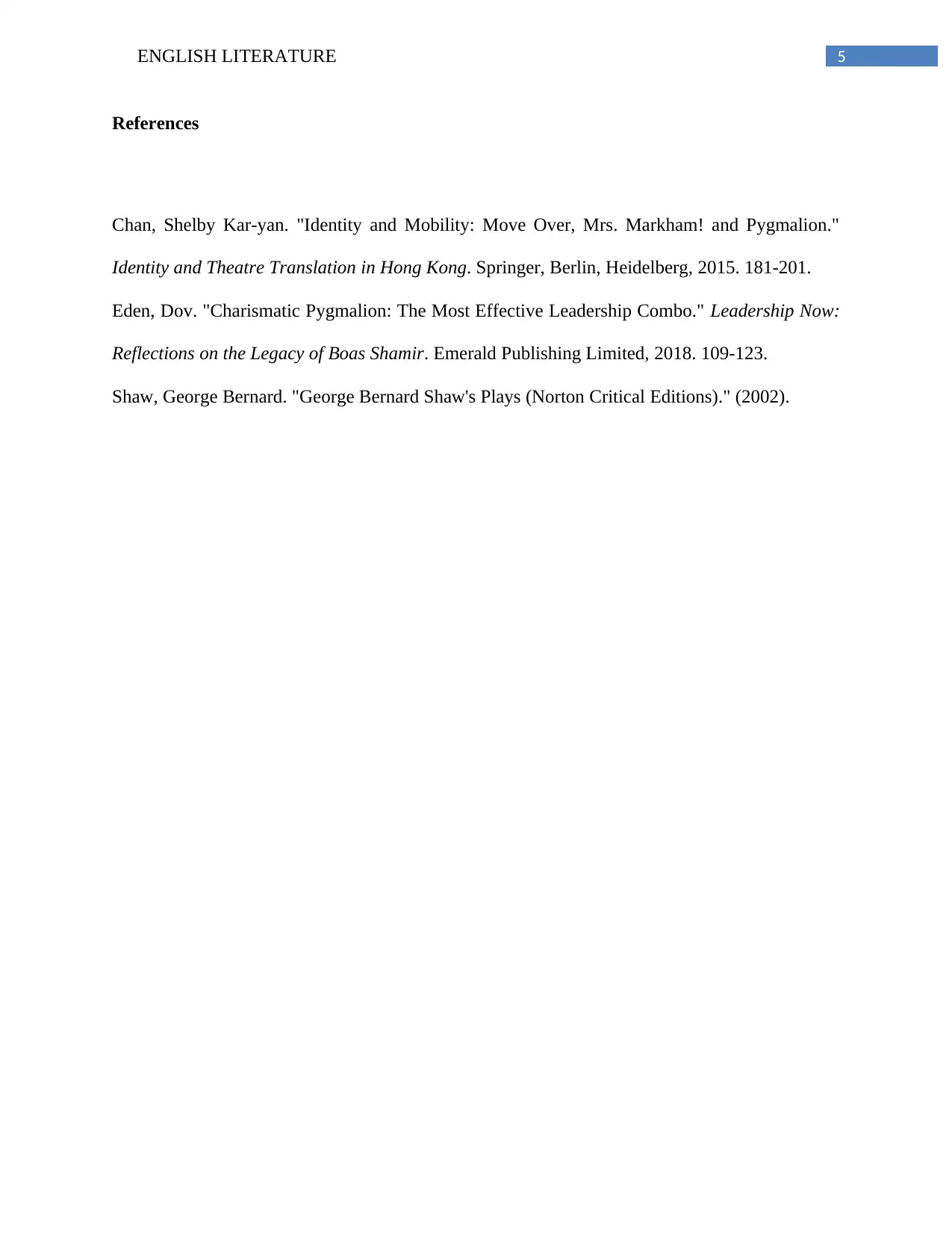

![[object Object]](/_next/static/media/star-bottom.7253800d.svg)